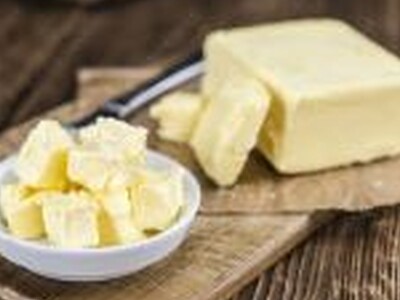Tansy Ragwort
Tansy Ragwort. I’m Greg Martin with today’s Line On Agriculture.
It may look very pretty out there in your pasture or along the road but it is also very dangerous to animals. Scott Gall, Rural Conservationist with the West Multnomah Soil & Water Conservation District talks about the current problem with Tansy Ragwort.
GALL: The reason it’s an issue is for one it can definitely take over a pasture situation and really cover the entire field. But it’s also toxic to horses and cattle mostly. The accumulation of the toxin in it can severely damage their livers. That can lead to mortality either by increased infection or even liver failure.
Tansy Ragwort is a native of Eurasian continent and is a biennial that is reminiscent of St. John’s Wort.
GALL: Tansy was a huge problem several decades ago and people probably remember that in the 70’s when fields would be literally yellow and it was just unbelievably pervasive in certain parts of the country, especially here in the western part of the country.
In most cases it is considered a weed even though it is critical as food source to over 75 species of insects. Interestingly, Gall says that is how they managed to get a handle on the problem years ago.
GALL: There was a biological control, actually several different insects that were released to help control it. The two that most people associate with Tansy is the cinnabar moth and then the caterpillar of the cinnabar moth and there’s also a flea beetle which was also released and it’s a much smaller insect. And when they did the releases in the 70’s it was amazingly successful.
Successful to the point that they are used in many cases as the best example of what biological controls can do. But with everything there have been cycles and it appears that the Tansy Ragwort is on the upswing again. Gall says there are other ways to control the weed.
GALL: Yeah there’s definitely other ways. If the plant has already gone to flower, so it’s in its second year of it’s growth cycle the best thing to do is make sure that it doesn’t go to seed and that can be going out and clipping the flowers and disposing of them. You can mow the plant but you just want to be really certain that it hasn’t gone to seed. The other issue with both of those is that you’re leaving plant material still on the site and it’s still susceptible for animals to come along and forage on that.
If you do have any questions regarding this dangerous weed you should contact your local soil and water conservation district office.
That’s today’s Line On Agriculture. I’m Greg Martin on the Ag Information Network.

















